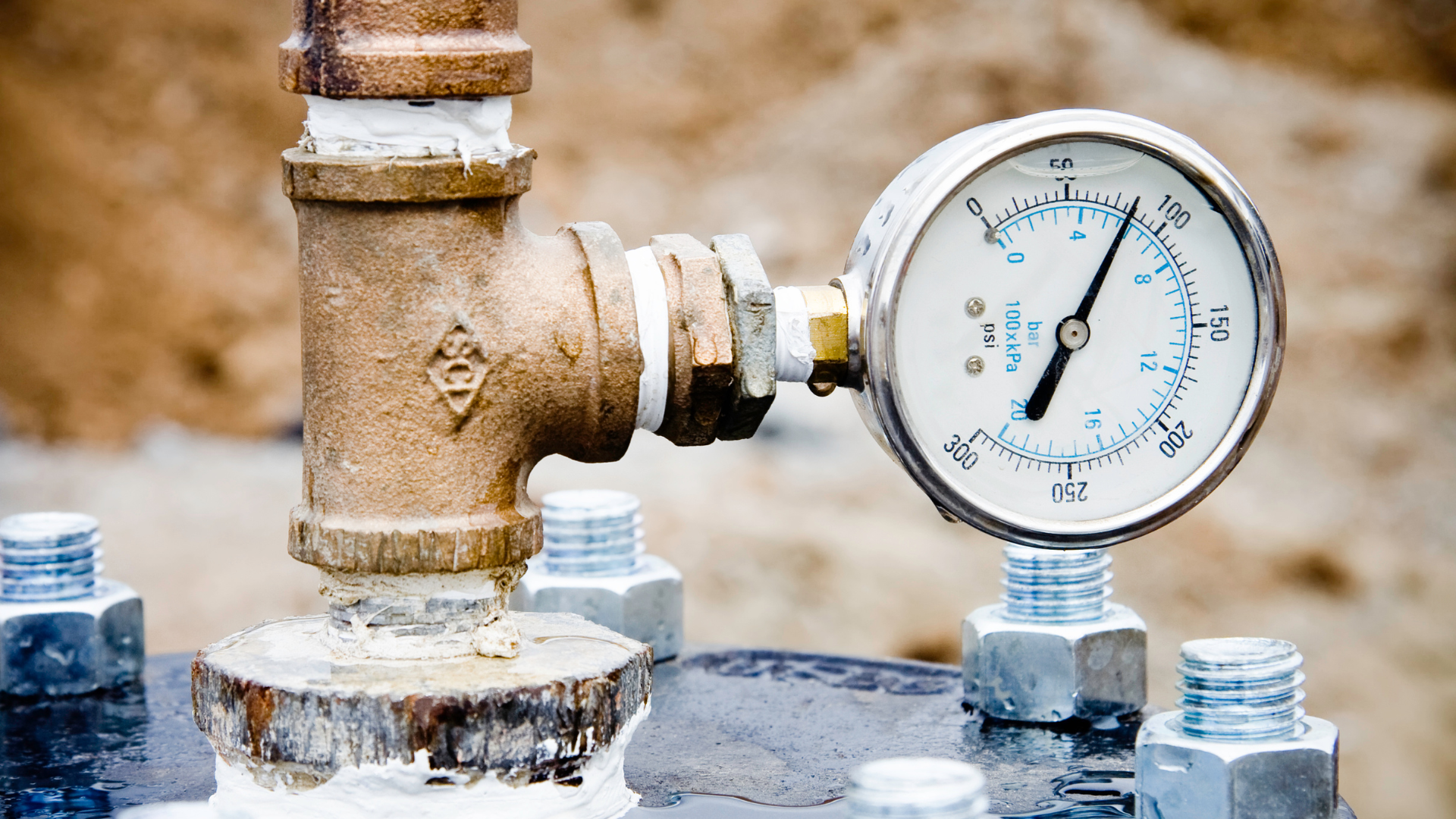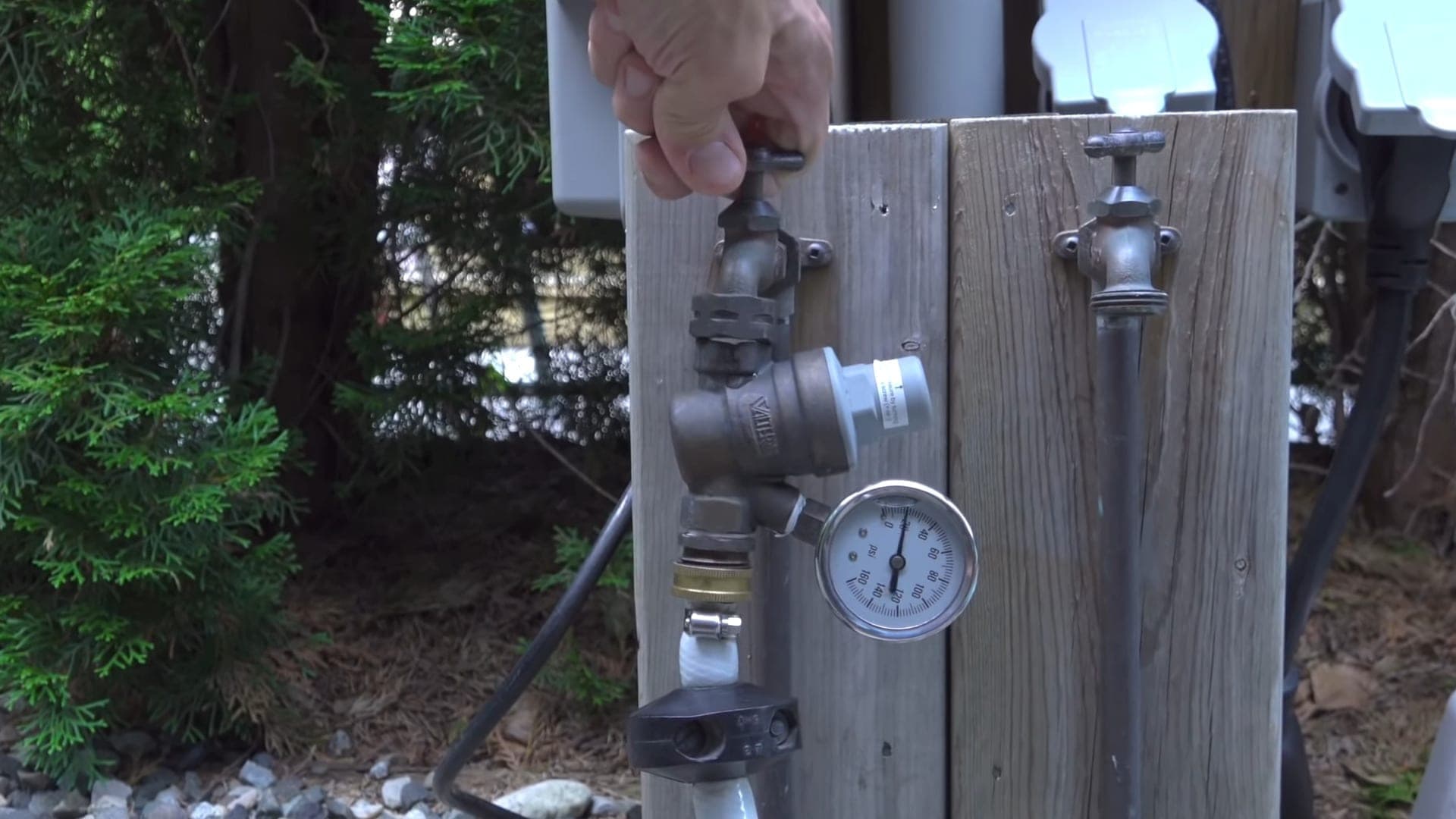My Thorough Guide to Fixing Low Water Pressure in Your Home
My Thorough Guide to Fixing Low Water Pressure in Your Home
Blog Article
We've noticed this article relating to 9 Reasons for Low Water Pressure in Your House directly below on the web and think it made good sense to discuss it with you on my blog.

Low tide pressure in your house can be an aggravating trouble, influencing every little thing from bathing to cleaning recipes. If you're experiencing weak water flow, there are several possible reasons and services to check out. In this overview, we'll talk about typical factors for low tide pressure and useful actions to resolve the concern effectively.
Introduction to Low Tide Stress
Low water pressure happens when the circulation of water from your faucets, showers, and various other fixtures is weaker than normal. This can make everyday jobs a lot more tough and much less reliable. Understanding the sources of low tide stress is crucial to discovering the ideal remedy.
Usual Sources Of Low Tide Pressure
Pipe Obstructions
With time, pipelines can end up being clogged with natural resource, sediment, or particles, restricting the circulation of water. This is an usual concern in older homes with galvanized steel pipelines.
Rust
Corrosion within pipelines can cause leaks and reduced water stress. Corrosion build-up can restrict water circulation, especially in maturing plumbing systems.
Faulty Stress Regulatory Authorities
Pressure regulatory authorities are accountable for maintaining constant water stress in your house. If they malfunction, it can result in low water pressure or unequal flow throughout your house.
Municipal Water System Issues
Often, the problem lies outside your home. Municipal water concerns, such as main line leakages or maintenance job, can momentarily reduce water stress in your location.
Just How to Identify Low Water Stress
Examining Faucets and Fixtures
Begin by examining the water pressure at various faucets and components throughout your home. If the issue is separated to details areas, it might indicate localized troubles.
Checking Pipes
Examine noticeable pipelines for indicators of leakages, deterioration, or clogs. Take notice of any type of uncommon audios, such as banging or rattling pipelines, which could suggest problems within the plumbing system.
Consulting with a Plumber
If you're not able to determine the cause of low tide stress, take into consideration employing an expert plumber to conduct a comprehensive assessment. They can determine underlying problems and recommend appropriate services.
Do It Yourself Solutions to Deal With Low Tide Stress
Cleaning Up Aerators and Showerheads
Mineral deposits can accumulate in aerators and showerheads, reducing water flow. Eliminate and cleanse these components consistently to boost water stress.
Flushing Water Heater
Debris buildup in the water heater can restrict circulation and minimize performance. Flushing the tank regularly aids get rid of debris and keep ideal efficiency.
Inspecting Pressure Regulator
Guarantee that the pressure regulatory authority is operating correctly. Readjusting or replacing the regulator can aid bring back appropriate water stress throughout your home.
Cleaning Clogs in Water Lines
For minor obstructions, attempt making use of a plumbing snake or chemical drainpipe cleaner to clear obstructions in pipelines. Beware when using chemicals and follow safety standards.
When to Call a Professional Plumber
If DIY initiatives stop working to deal with the concern or if you presume significant plumbing troubles, it's best to seek help from a qualified plumber. They have the knowledge and tools to deal with complicated problems safely and successfully.
Preventive Measures to Preserve Water Stress
Routine Maintenance
Set up routine upkeep for your plumbing system to avoid concerns such as deterioration, leaks, and obstructions. Resolving minor troubles early can assist avoid even more considerable repairs later on.
Installing a Stress Booster
Take into consideration mounting a pressure booster pump to improve water stress in areas with continually low circulation. This can be especially useful for multi-story homes or properties with high-demand components.
Tracking Water Usage
Be mindful of water usage behaviors and stay clear of overtaxing the plumbing system. Straightforward adjustments, such as incredible showers and laundry tons, can assist keep sufficient water pressure.
Final thought
Taking care of low tide stress can be discouraging, yet recognizing the underlying causes and executing suitable remedies can restore optimum flow throughout your home. Whether it's cleansing aerators, evaluating pipes, or seeking advice from a plumber, taking positive actions can ensure a constant supply of water for your daily requirements.
FOUR WAYS TO FIX LOW WATER PRESSURE NOW
Turning on a shower or faucet only to find the water comes out in a sad, slow drizzle is never a good feeling. How exactly are you supposed to wash a pan or take a quick shower when it takes 10 minutes just to rinse off a little soap? The good news is that when your water pressure is bad, there's always a cause: typically one that can be easily fixed. Here are some of the most common causes of low pressure and what you can do to fix the issue:
DEBRIS AND MINERAL DEPOSIT BUILDUPS
If you notice low water pressure from just one or two of the fixtures in your house, the problem likely has to do with debris buildup. Water is full of minerals and other debris, all of which can accumulate in your pipes and on your fixtures. This can cause a blockage that affects how much water flows through. To fix this, try filling a small plastic bag with white vinegar, and use a rubber band to hang it around your showerhead or faucet. Let the head of the fixture soak for a few hours, and the vinegar should loosen the deposits.
WATER LEAKS
Leaks are another common cause of low water pressure. If water is flowing out of your plumbing through a hole or crack before it can reach your fixture, the pressure coming out of the faucet or showerhead will be lower. A plumbing professional is your best bet for finding and repairing a leak in your water supply pipes.
Leaks are another common cause of low water pressure. If water is flowing out of your plumbing through a hole or crack before it can reach your fixture, the pressure coming out of the faucet or showerhead will be lower. A plumbing professional is your best bet for finding and repairing a leak in your water supply pipes.
FOUR WAYS TO FIX LOW WATER PRESSURE NOW
Turning on a shower or faucet only to find the water comes out in a sad, slow drizzle is never a good feeling. How exactly are you supposed to wash a pan or take a quick shower when it takes 10 minutes just to rinse off a little soap? The good news is that when your water pressure is bad, there's always a cause: typically one that can be easily fixed. Here are some of the most common causes of low pressure and what you can do to fix the issue:
DEBRIS AND MINERAL DEPOSIT BUILDUPS
If you notice low water pressure from just one or two of the fixtures in your house, the problem likely has to do with debris buildup. Water is full of minerals and other debris, all of which can accumulate in your pipes and on your fixtures. This can cause a blockage that affects how much water flows through. To fix this, try filling a small plastic bag with white vinegar, and use a rubber band to hang it around your showerhead or faucet. Let the head of the fixture soak for a few hours, and the vinegar should loosen the deposits.
WATER LEAKS
Leaks are another common cause of low water pressure. If water is flowing out of your plumbing through a hole or crack before it can reach your fixture, the pressure coming out of the faucet or showerhead will be lower. A plumbing professional is your best bet for finding and repairing a leak in your water supply pipes.
Leaks are another common cause of low water pressure. If water is flowing out of your plumbing through a hole or crack before it can reach your fixture, the pressure coming out of the faucet or showerhead will be lower. A plumbing professional is your best bet for finding and repairing a leak in your water supply pipes.
A VALVE ISSUE
If you have low water pressure throughout your home, check your main shut-off valve to make sure it's completely open. You may also want to see if there's a pressure-reducing valve installed. If there is, have a plumber help you adjust the settings to get the pressure you're looking for.
OTHERS USING WATER
Believe it or not, your low water pressure could be caused by your neighbors. If you notice low pressure at certain times of day, it may be because you and the people living next to you have similar schedules - when everyone is showering at the same time, the pressure will be lower in every home. Low pressure throughout the neighborhood may also be caused by an issue with your municipal water supply. If that's the case, call the supplier to see if they're working on the issue.
https://www.rotorooter.com/blog/water-leaking/low-water-pressure-fixes/

Hopefully you enjoyed our post on 10 Reasons for Low Water Pressure in Your House. Thank you for taking the time to read our article post. Are you aware of anybody else who is excited about the subject? Do not hesitate to share it. I praise you for your time. Revisit us soon.
Call Today Report this page